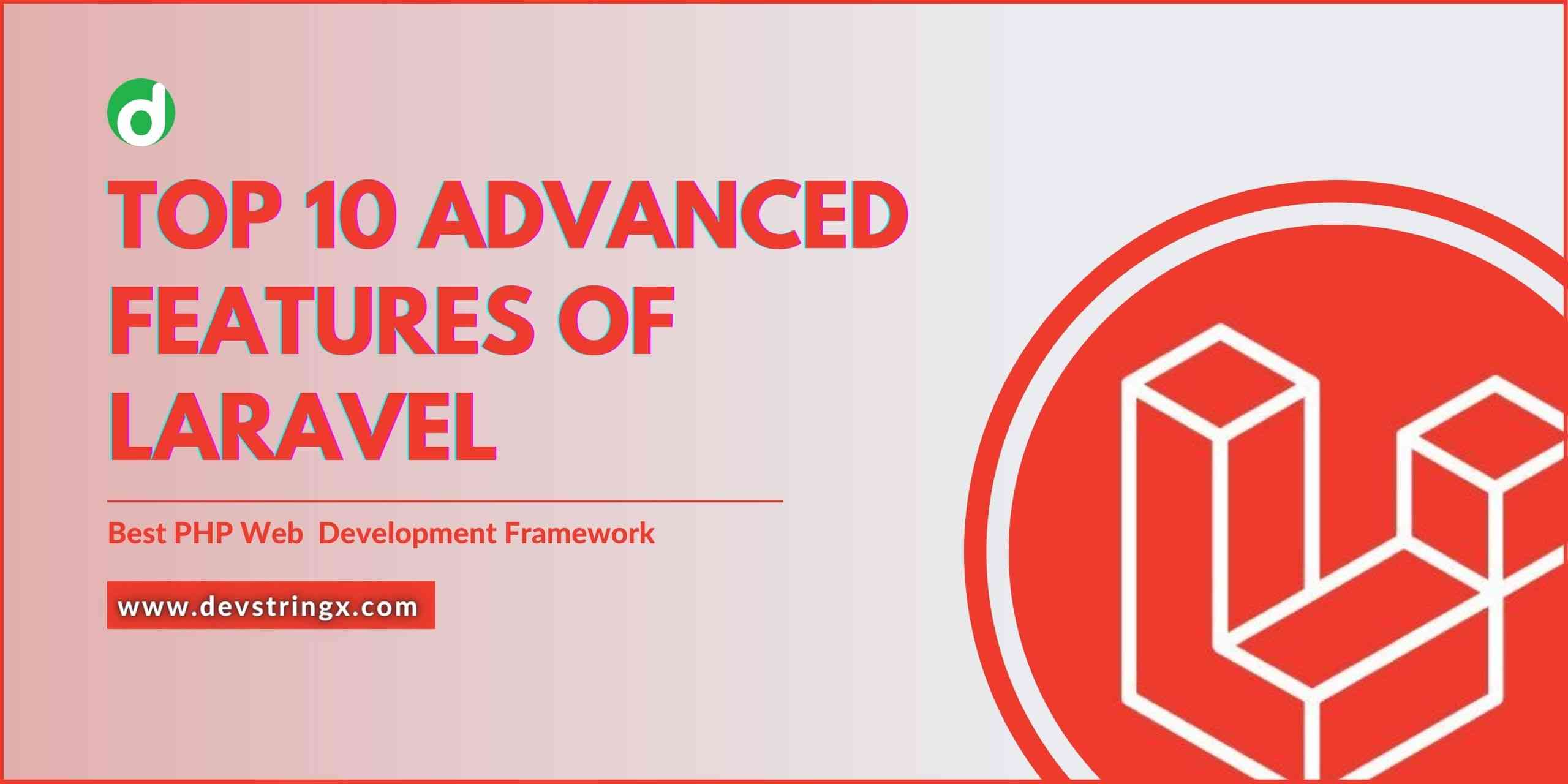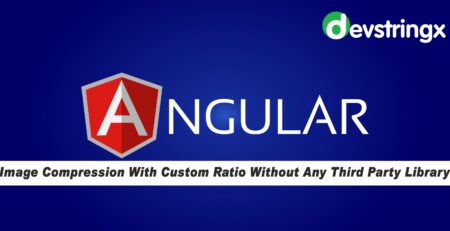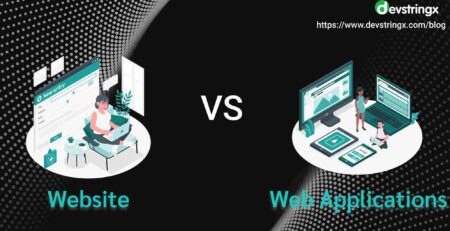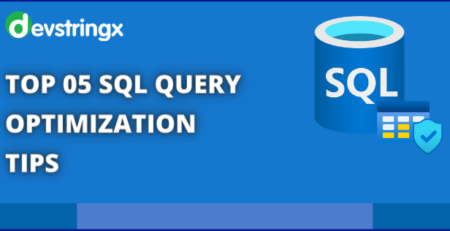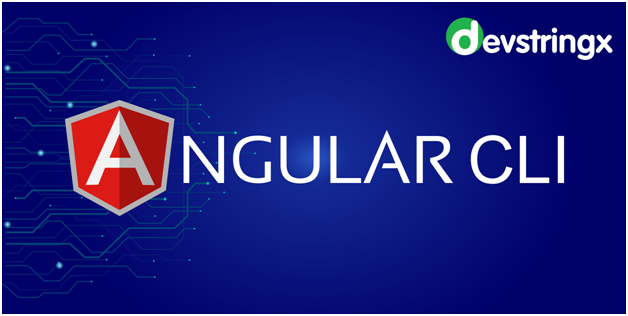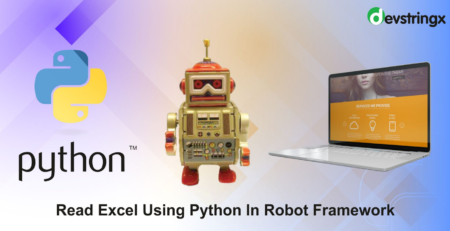10 Reasons That Make Laravel Framework Best | Laravel Features
10 Top Features of Laravel Framework
Laravel is counted among the top Php web development framework used by top web development companies here we shared the top 10 Laravel features that make Laravel the best PHP web development framework.
1) Model-View-Controller Architecture Support
The Model-View-Controller (MVC) architectural support offered by Laravel is one of its most significant features. With the help of this architectural pattern, it is simple to separate the concerns of your application’s data, user interface, and control flow. It also offers an elegant method of organizing code for web applications. In Laravel, the Controller manages how the Model and View interact, whereas the Model represents the data and the View is responsible for showing the user interface.
2) Template Engine
Laravel’s Template Engine is a powerful tool for building dynamic web applications. The Blade template engine is a simple yet powerful template system that allows developers to write clean, readable, and reusable code. The Blade engine provides features like template inheritance, sections, conditional statements, loops, and more, making it easy to create complex web applications.
3) Automatic Pagination
Laravel’s Automatic Pagination feature simplifies the process of displaying large datasets by automatically dividing them into smaller, more manageable chunks. Due to the shorter load time and simpler user navigation, this feature is especially helpful when working with enormous datasets.
4) MVC Architecture
Laravel follows the Model-View-Controller design, which separates the code into three distinct pieces, as was already mentioned. The code is better organized and simpler to maintain thanks to this style. The Controller controls the communication between the Model and View, whereas the Model represents the data and the View the user interface.
Good to Read:- How To Install The Telescope In Laravel
5) Artisan Command-Line Interface (CLI)
For command-line control of your Laravel application, the Artisan Command-Line Interface (CLI) for Laravel provides a comprehensive range of tools. With Artisan, you can complete frequent operations with just a few straightforward commands, like generating boilerplate code, carrying out database migrations, and cleaning the cache.
6) Laravel Routing
Laravel’s routing system is another advanced feature that provides an elegant way of defining application endpoints. The routing system makes it simple to design RESTful APIs or any other type of web application by allowing developers to specify how the application should respond to particular requests.
7) Unit Testing
The testing environment provided by Laravel is fantastic. This makes it simple to create and execute unit tests for your application. Programmers can write automated tests for their code using the framework’s testing tools to verify that everything is working as it should.
8) Prominent level of protection for applications
Any web application must prioritize security, and Laravel provides several notable layers of security for programs created with its framework. The authentication and authorization system that Laravel offers is one of the most important levels of security. With built-in support for well-known authentication protocols like email and password, OAuth, and more. The Laravel authentication system makes it simple to implement user authentication and authorization in your application.
Good to Read:- Laravel Unit Test Cases with Data Provider
9) Web Application Cache
The PSR-16 caching interface, which offers a straightforward and standardized method to implement caching in PHP applications, is the foundation upon which Laravel’s caching system construct. The caching system supports a wide range of drivers, including in-memory, file, and database caching. Developers can utilize Laravel’s cache facade, which offers a straightforward and user-friendly interface for working with the caching system, to use caching in Laravel.
10) Migration System
Database schemas for web applications may easily manage and update thanks to Laravel’s robust migration system. Developers can specify database schema changes using PHP code with Laravel’s migration mechanism. Laravel will automatically apply those changes to the database.
Compared to conventional SQL-based database schema maintenance, Laravel’s migration mechanism offers a number of advantages. First, schema changes may define by developers using migrations in a version-controlled, code-based style. This makes it simple to track changes over time and work with other developers. Additionally, migrations provide a rollback feature that makes it simple to undo changes if necessary.
Contact Us to Hire Dedicated Laravel Web Developer for Your Project Success!

